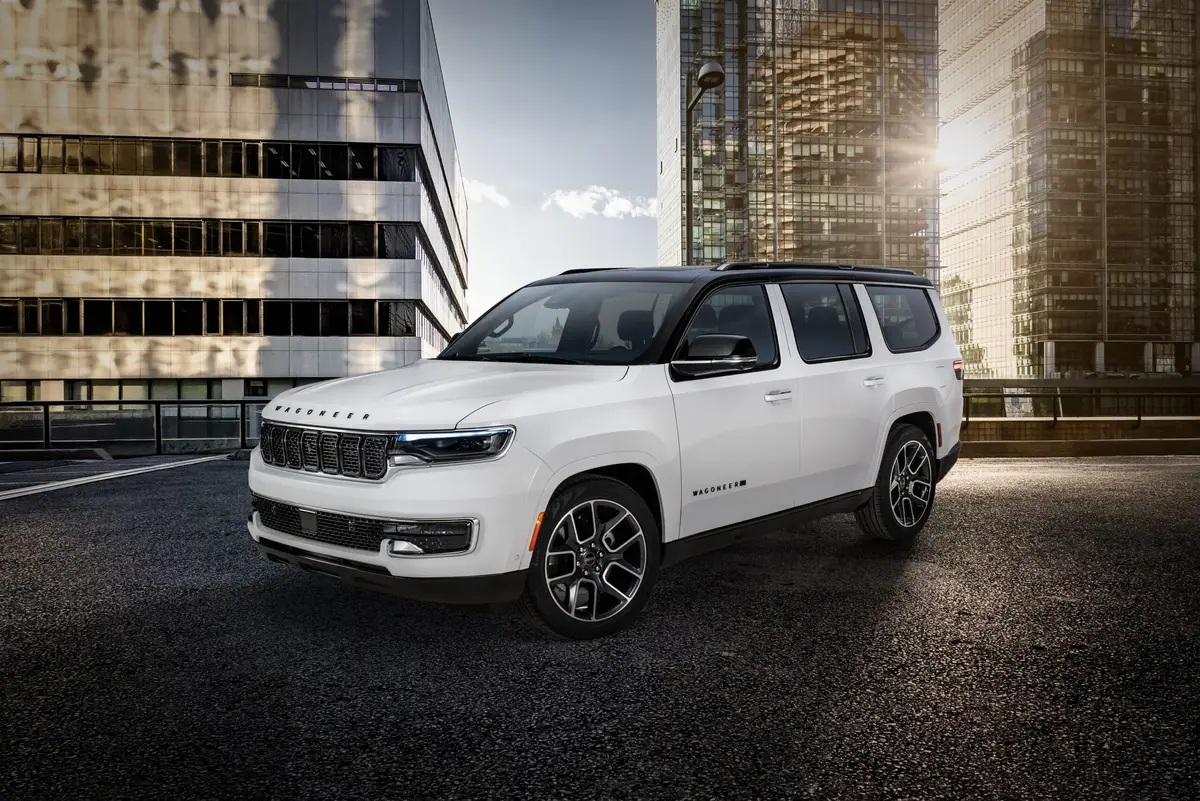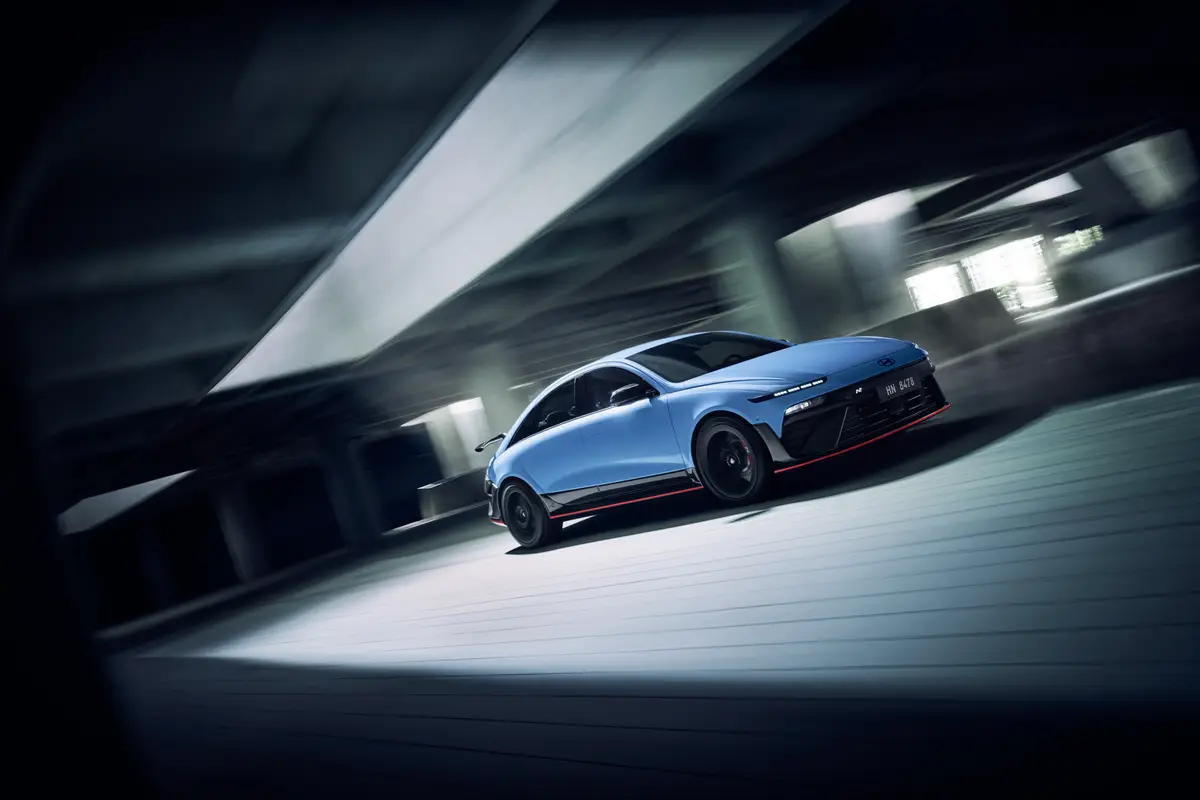Cincinnati.com's view
It’s always a good sign when the drive takes me to unexpected places. I set out in the Mazda to hit some of the usual spots – places suited to burnouts, panic stops and the like – but after the basics had been covered, I found myself heading into terra incognita via roads labeled Kentucky Byways. (Note to fellow adventurers – paved byways are great fun, but even in Northern Kentucky, it wouldn’t be smart to get too far off the beaten path. Even in the northern parts of the Commonwealth, there are some rugged individualists who think federal excise taxes on certain kinds of farm produce are an unwarranted intrusion into domestic affairs. And they’re all good shots.)
The terrain here is heavily wooded and rolling, and the roads tend to follow the line of least resistance, which means lots of curves and hills – ideal for assessing a mount’s merits.
The extracurricular miles were all the more surprising given that the test subject was not a sporty car, but a compact sport-utility. I thought I had had my fill of the type, but the Tribute rewarded my diligence with a feeling I had spent the extra hours pleasurably.
The Tribute is made in Kansas City, Mo., alongside its sister, the Ford Escape. Despite its “import” nameplate, 85 percent of its parts are North American. (Ford has a major equity stake in Mazda.)
The skin and interior are different from the Escape’s ( a great improvement, to my eyes), but what lies hidden beneath is more alike than different. Thus, Mazda’s roughly 20 percent of the plant’s output has been subject to the same flaws that have resulted in the more-publicized six recalls of the Escape. These ranged from the minor (windshield wiper problems) to the worrisome (fuel leaks and wheels falling off).
Ford jumped on these teething problems and it has been months now without any more such bothersome issues, and owners tend to rave about the vehicle. Still, it’s a first-year product – buyer beware, as with any debutante.
The Tribute comes in three trim levels, the spare DX, much more appealing LX and the almost-opulent ES. All series can be had as front-drive machines or 4-wheel-drive-on-demand. The DX (base, with freight, $17,750 in 2WD form) has a 130-hp 4-cylinder engine and a 5-speed manual transmission. Moving more than 3,000 pounds with that amount of power would tax the patience of a monastic. Add a 4-wheel-drive mechanism and the only satisfaction you’ll get is at the gas pump (EPA ratings on that combo are 23 mpg city, 28 highway). Move up to the LX or ES version, and a V-6 with automatic transmission is mandated. The cheapest permutation would be the LX in FWD form, $21,765 with freight. As usual, the test vehicle was high-end, a 4WD ES. Base price (freight included) on this beauty is $23,540. It comes with the V-6 and 4-speed automatic transmission, leather-trimmed seats, air conditioning, 6-way power driver’s seat, a 4-speaker AM-FM-CD stereo, power windows and locks, alloy wheels, fog lights, roof rack, remote keyless entry, cruise control, tilt wheel, privacy-tinted rear glass, overhead console, center console and even floor mats.
It has front air bags, as do they all, but antilock is available only as an option. ABS is bundled with side air bags at a very reasonable $495.
The engine is a 3-liter, double-overhead-cam confection from the Ford works. It produces 200 hp @6,000 rpm, and 200 foot-pounds of torque at 4,750. Despite those lofty numbers, it was tractable and slogged along without a grumble even on the low side of 2,000 rpm.
It provided an unusually peppy feel for a sport-ute, making getaways and freeway merges a lot more fun than is usually the case. Cruising at 70 was relaxed. A press on the accelerator effected a downshift and a satisfying increase in urge, although at the price of rather intrusive engine noise.
EPA estimates for this powertrain are 18 mpg city, 24 highway. My overall tall 19.7, using a midrange fuel in deference to the 10:1 compression ratio.
The transmission was quite fine. The overall gearing is rather high, to aid fuel economy, I suspect, and the trans gets quite a workout in non-freeway motoring. It shifted frequently as I navigated those undulant Kentucky curves, but the gear changes were nearly instantaneous and very smooth and, for the most part, quite apt. Overdrive can be disabled via a switch on the end of the column-mounted shifter.
The Tribute has an on-demand 4WD setup. Normally, all power goes to the front wheels. If they start to lose their grip, a center differential sends 50 percent of the torque to the rear. This mechanism trades simplicity for the more appealing infinitely-variable apportioning one finds on some other vehicles. There’s also a dash-mounted switch to call for the 50-50 split when road conditions are constantly slippery. No low range is available for those deep jungle expeditions Tribute is never likely to make.
The ES sits on 235/70 all-season tires on 16-inch rims. That’s enough rubber to provide good road contact, with predictably salubrious effects on both handling and stopping.
The Tribute is of “monocoque” construction, like cars, rather than the body-on-frame design used in more trucky SUVs. The front and rear suspensions are independent, struts front, a multilink arrangement at the rear. With its front roll center lower than the rear’s, the Tribute handles very well and feels good even as it works hard. The engineers were obviously at some pains to keep roll to a minimum.
With a 103-inch wheelbase, some pitching is to be expected over sine-wave pavement, but the springs and shocks are well tuned to minimize the disturbance. Mazda specifies somewhat less compliant suspension bits than Ford, along with heavier, faster steering, which enhances handling feel without any appreciable loss of ride quality.
The Tribute has ventilated disc brakes on the front axle, drums rear. The antilock system includes an electronic front-rear brake force proportioning mechanism. Pedal feel was good, and when I simulated panic stops, the ABS allowed maximal retardation with complete control. Stopping distances were within my comfort zone.
The optional moonroof does not steal too much headroom. It has a stop about three-fourths of the way open. At that setting, noise level at highway speeds was quite tolerable. Wide open, it caused considerable buffeting and wind noise at elevated speeds.
In government crash tests, the Tribute garnered maximal five-star ratings for occupant protection in side impacts (and that was without the optional side air bags), as well as five stars for driver protection in frontal impacts and four stars for the navigator position. In the more rigorous 40-mph frontal offset barrier tests conducted by the Insurance Institute for Highway Safety, Tribute got a “marginal” rating, typical of the cla ss. (The Hyundai Santa Fe and Subaru Forester received a “good” rating, Toyota’s RAV4, “acceptable”). In the Institute’s 5-mph bumper tests, Escape/Tribute garnered best-in-class honors, with total damage in four different types of impact of $1,940. The worst performer, RAV4, ran up an astonishing $8,012 in repair bills.
The test car came with the ABS/side air bag package, $495; a luxury package consisting of upgraded stereo and power moonroof, $1,090, and towing package, $350, which provides a Class II prep, trailer hitch receiver, engine oil cooler and wiring harness. Total price, delivered, was $25,475.
You might want to shop against the above-mentioned competitors, as well as Suzuki Grand Vitara, Honda CR-V and the new Jeep Liberty. Tribute I daresay will hold its own. The Edmunds analytical firm suggests they’re still so hot that you’ll likely have to pay near sticker.
“The Gannett News Service”
Latest news



